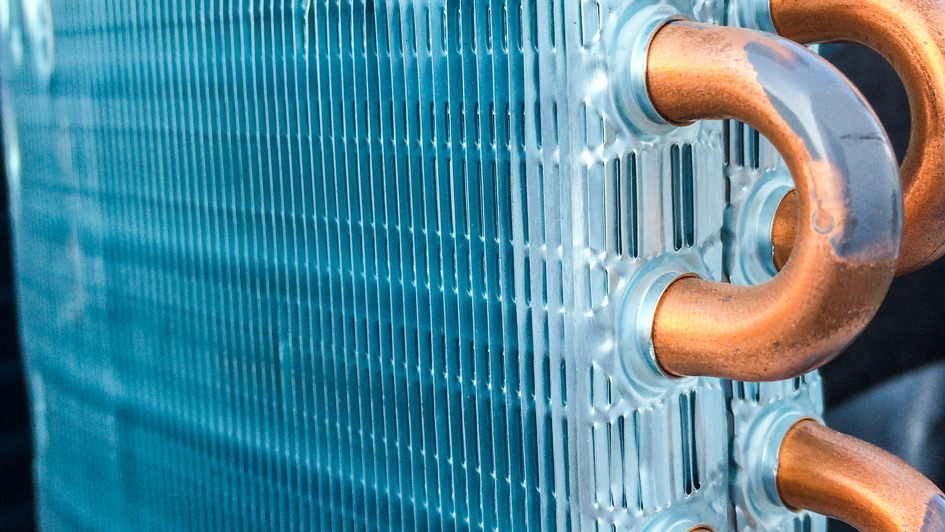
A furnace is almost always a background player in your home, ensuring you're warm during the cold winter months. It regularly doesn’t get noticed until something goes wrong.
One root cause may be that your furnace has a cracked heat exchanger. It can potentially be hazardous, so it’s worthwhile to familiarize yourself with the signs of a cracked heat exchanger and what to do if you are worried that is the problem.
What Is a Heat Exchanger in a Furnace?
A heat exchanger helps transition heat from the combustion chamber inside your furnace to the air that circulates inside the system. It generally does this through coils or tubes that warm the air while functioning as a barrier to keep byproducts produced in the combustion chamber, called flue gasses, from getting out into your home.
Is a Cracked Heat Exchanger Dangerous?
Thanks to its key role, it shouldn't come as a surprise that a damaged heat exchanger can be very dangerous. A damaged heat exchanger can permit dangerous gasses – including carbon monoxide, which can be lethal – to flow throughout your home.
For that reason, don't ever run your heater if you believe there's a crack in the heat exchanger, as letting it run could make the whole family ill. Reach out to an HVAC professional immediately if you believe your heater has a cracked heat exchanger that needs to be repaired.
Four Signs of a Cracked Heat Exchanger:
- Furnace switches off: Cracks in the heat exchanger can cause your furnace to shut off.
- Unusual Smells: If the air leaving your furnace has a strong chemical scent, it could be a sign gas is seeping through cracks in your heat exchanger. These gasses, which may smell like formaldehyde, are a significant warning sign.
- Carbon monoxide alarm is triggered or you recognize symptoms of poisoning: If a cracked heat exchanger is emitting carbon monoxide in your home, your carbon monoxide alarm may go off or family members might start experiencing signs of carbon monoxide poisoning. Symptoms include headaches, dizziness, weakness, nausea, vomiting or feeling sleepy. If an alarm goes off or you feel unwell, exit the home immediately and then call for help.
- Soot: If you spot black sooty accumulating around the exterior of your furnace, it’s another sign something may be seriously wrong.
What to Do if a Furnace Heat Exchanger is Cracked
If you believe your furnace has a cracked heat exchanger, call a pro with extensive experience in furnace installation New Castle right away so they can examine your system and, if necessary, handle a furnace heat exchanger replacement. Costs will vary depending on the situation, but estimates run in the neighborhood of $1,000 to $3,000.
Estimates aside, the good news is that heat exchangers are generally included in the warranty. It's a good idea to confirm the warranty paperwork on your furnace, since while the warranty might not cover the entire cost of repairs, it could significantly lower your bill.
How to Avoid a Cracked Heat Exchanger in Your Home
One of the easiest ways to minimize the risk of problems in your furnace overall is via routine furnace maintenance. Furnaces offer the most benefits when they operate efficiently. Calling a skilled professional to inspect your furnace for broken-down parts, clogged filters and other potential problems can help you avoid getting a big bill later on.
It’s also beneficial to inspect your furnace filters every few months – it’s ideal some filters be changed every 90 days or sooner if they are dirty or grimy. While the filters are not part of the heat exchanger itself, the strain of dragging air through a clogged filter makes your entire furnace work harder to accomplish its job. And the harder your furnace has to work, the more deterioration pieces like the heat exchanger will endure.
